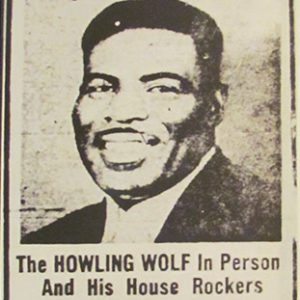 Howlin' Wolf Ad
Howlin' Wolf Ad
Race and Ethnicity: African American - Starting with H
 Howlin' Wolf Ad
Howlin' Wolf Ad
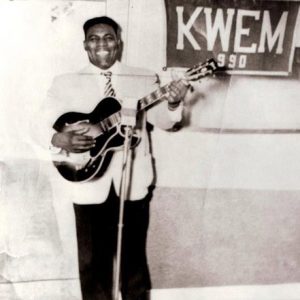 Howlin' Wolf
Howlin' Wolf
Hoxie Schools, Desegregation of
Hunley, Dan (Lynching of)
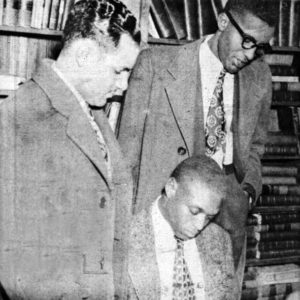 Silas Hunt; Wiley Branton; and Harold Flowers
Silas Hunt; Wiley Branton; and Harold Flowers
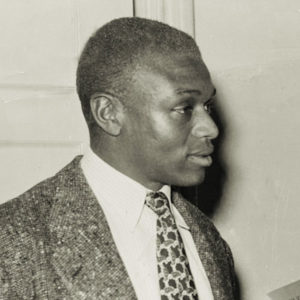 Silas Hunt
Silas Hunt
Hunt, Silas Herbert
Hunter, Buck (Lynching of)
 Torii Hunter
Torii Hunter
Hunter, Torii Kedar
 Torii Hunter
Torii Hunter
Hunter, William (Lynching of)
Hutton, Bobby James
Hynson, Hazel Shanks
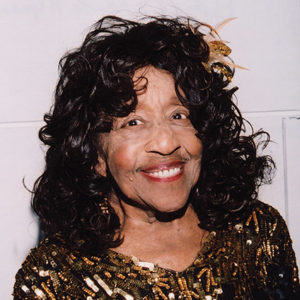 Hazel Hynson
Hazel Hynson




